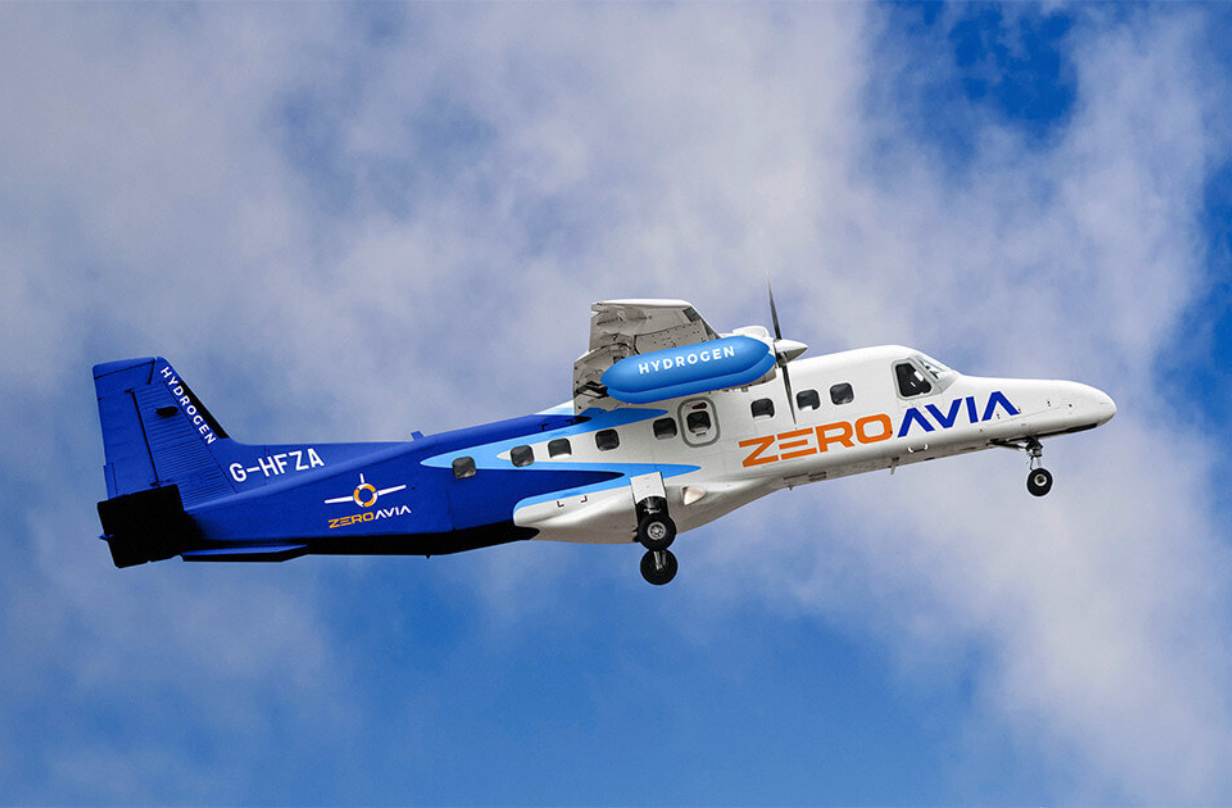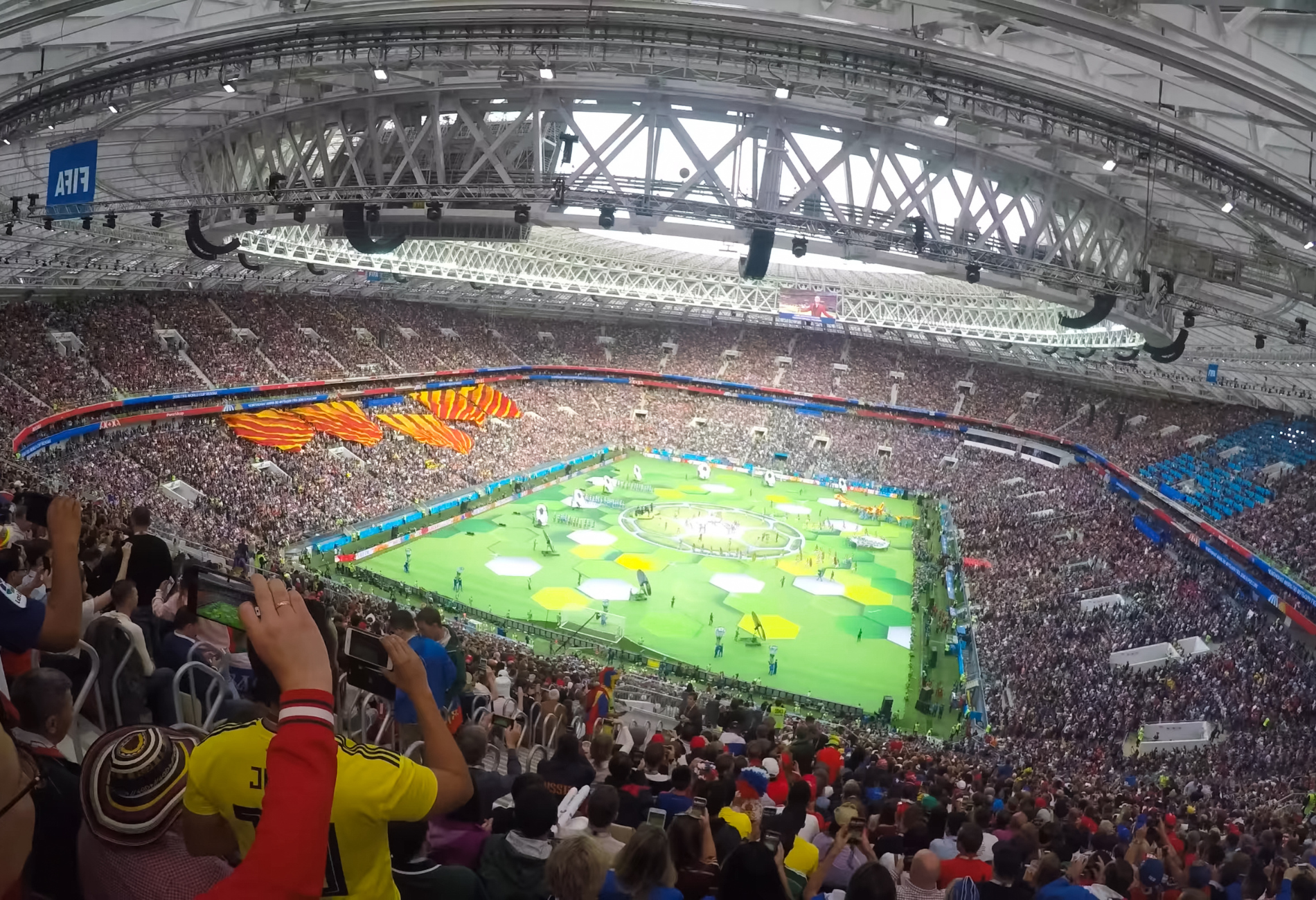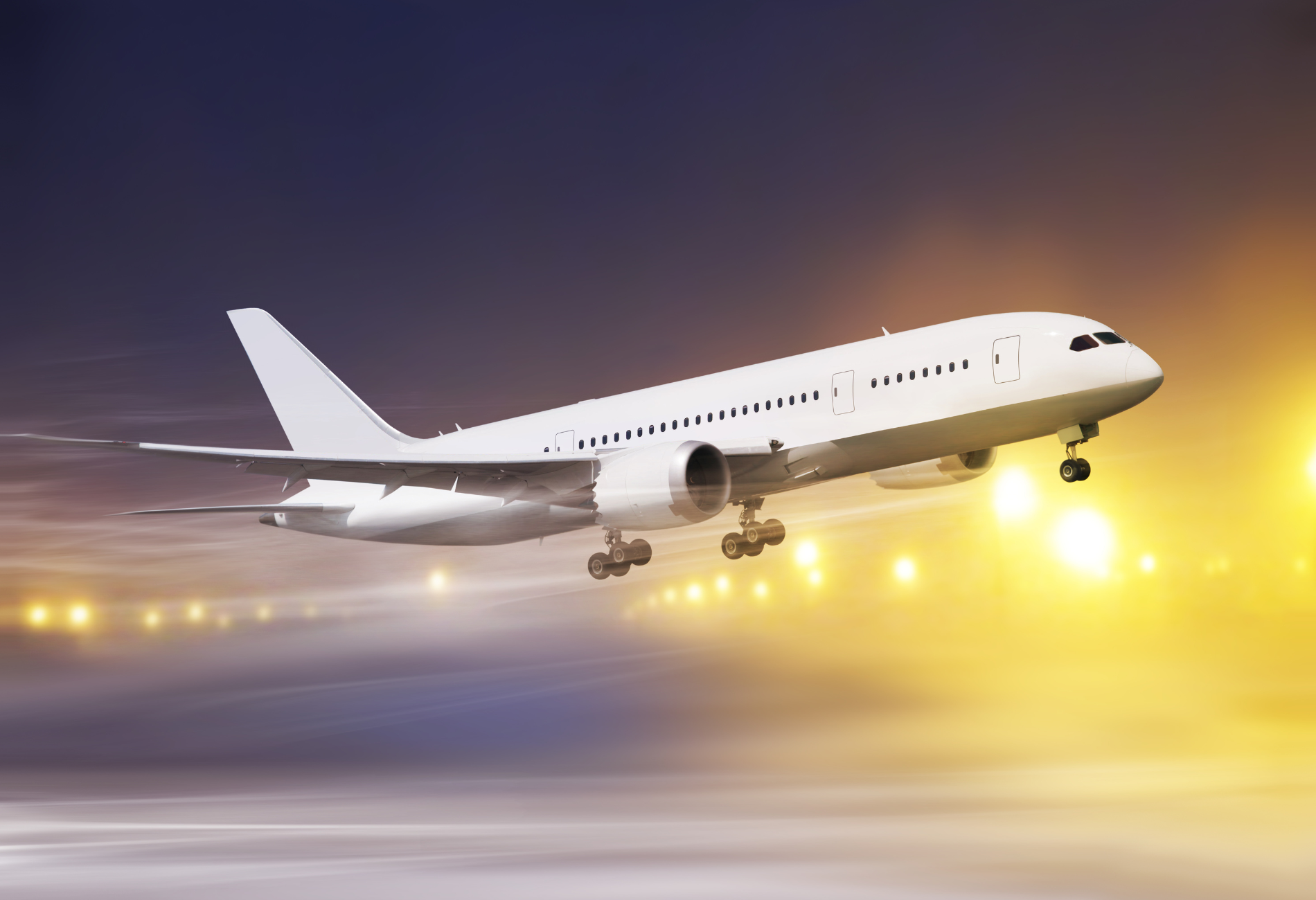In response to the climate crisis, the aviation sector, which has had heat on its back for its part in global warming, embraces green technologies, using a hydrogen-electric engine that emits no carbon dioxide with a successful test flight of a 19-seat aircraft.
ZeroAvia, a British/American hydrogen-electric aircraft developer, took the Dornier 228 twin-engine aircraft for a 10-minute test flight on Thursday in the UK, making it the largest hydrogen-electric aircraft to fly successfully.
The plane took off from Cotswold Airport, with the plane’s left engines powered by a combination of hydrogen fuel cells and batteries, while the right side ran on fossil fuel kerosene. This technology eliminates carbon dioxide emissions during flight by using liquid hydrogen to feed fuel cells.
Approximately 3% of global greenhouse gas emissions come from aviation, and the industry shows no signs of slowing down. Although some airlines and corporations have pledged to cut emissions to net zero by United Nations’ 2050 goal, eliminating fossil fuels from air travel remains challenging.
Hydrogen fuel cells could provide a solution to reducing aviation emissions; however, the technology would need to be scaled up for large aircraft to achieve significant reductions. In the meantime, ZeroAvia’s Dornier 228 is scheduled to conduct more test flights from Kemble in the UK’s Lake District before moving on to other airports for demonstration flights.
To quote Neil Amstrong, that is one small step for man, one giant leap for mankind.









 by your friends at The Daily Navigator
by your friends at The Daily Navigator



